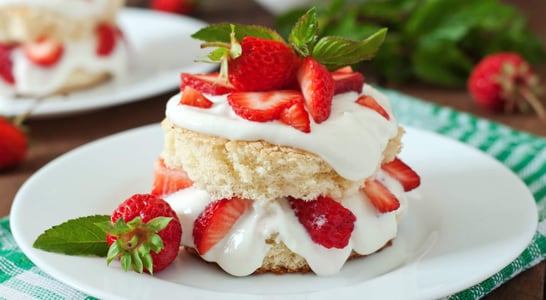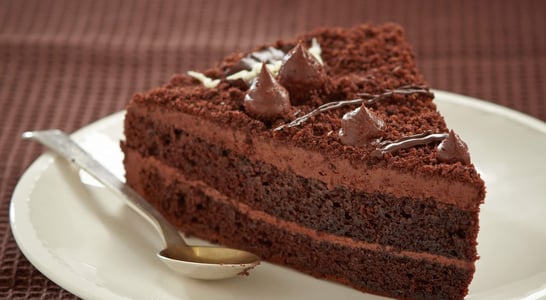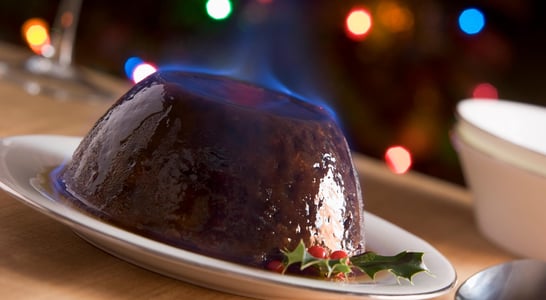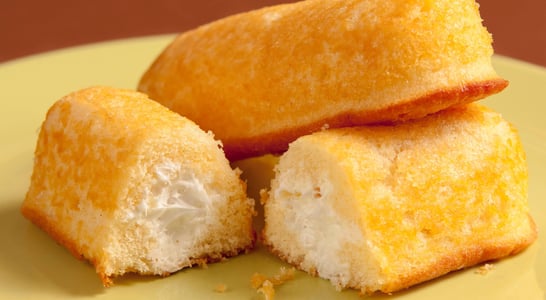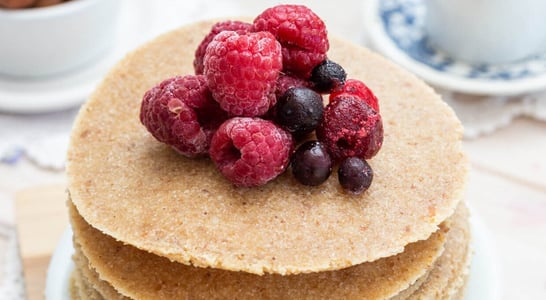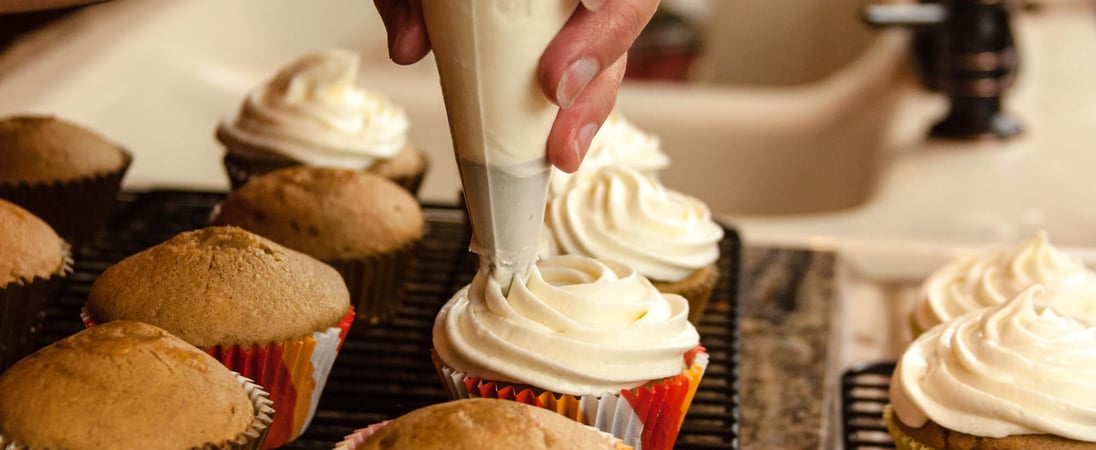
National Cake Decorating Day
Try your hand at cake decorating. From sheet cake to cupcakes, complex frosting flowers to simple sprinkles, there’s something out there for everyone.
Every year, on October 10th, we celebrate a unique and delightful holiday that brings joy to both the eyes and the palate – National Cake Decorating Day.
This day is dedicated to the artistry and creativity that goes into making cakes not just delicious, but also visually stunning.
Whether you’re a professional pastry chef or a home baker, this day is a chance to showcase your skills, learn new techniques, and appreciate the beauty of decorated cakes.
How to Celebrate National Cake Decorating Day
Celebrating National Cake Decorating Day is all about creativity, fun, and of course, cake! Here are some ways you can join in the festivities:
Decorate a Cake
This is the most obvious and fun way to celebrate the day. Bake your favorite cake and let your imagination run wild with the decorations.
You could use frosting, sprinkles, edible glitter, fondant shapes, and more. The possibilities are endless, and the best part is that you get to eat your delicious creation when you’re done!
Learn New Techniques
Use this day as an opportunity to learn new cake decorating techniques. There are plenty of tutorials online that can teach you everything from basic frosting techniques to advanced fondant work.
Learning a new skill can be incredibly rewarding, and who knows, you might discover a new passion!
Share Your Creations
Show off your cake-decorating skills by sharing pictures of your creations on social media. Use the hashtag #NationalCakeDecoratingDay to join the wider conversation and see what other cake enthusiasts are creating.
This is a great way to get inspiration for your next cake-decorating project.
Appreciate the Art
Take some time to appreciate the work of professional cake decorators. You could visit a local bakery, attend a cake decorating demonstration, or simply browse decorated cakes online.
The intricate designs and attention to detail that go into professionally decorated cakes are truly a sight to behold.
Host a Cake Decorating Party
Gather your friends and family for a cake decorating party. Provide plain cakes or cupcakes, a variety of frostings and decorations, and let everyone’s creativity shine. This can be a fun and delicious way to spend time together.
Remember, the goal of this day is to have fun and enjoy the process of decorating, no matter your skill level.
Whether you’re a seasoned pro or a complete beginner, this day is a chance to have fun, learn something new, and indulge in some delicious cake. So grab your frosting, sprinkles, and edible glitter, and get ready to celebrate National Cake Decorating Day in style!
History of National Cake Decorating Day
The art of cake decorating has a rich and fascinating history that dates back centuries. The earliest cakes, which were enjoyed thousands of years ago, were simple creations.
One of the earliest known cakes was a flat cake known as plakous, made using flour mixed with milk, eggs, nuts, and honey.
This was a far cry from the elaborately decorated cakes we are accustomed to today. The word we use today, “cake”, comes from the Old Norse word “kaka”, which was what Vikings called a dessert that was quite similar to modern cakes.
The trend of decorating cakes didn’t start until the 17th century in Europe. At that time, decorating a cake was a simple matter of adding flavor.
However, as the centuries passed, the art of cake decoration evolved and was refined. Today, how a cake looks is just as important as how it tastes, pushing both amateur and professional cake decorators to take their skills to the next level.
The evolution of cake decorating has been influenced by various factors, including cultural trends, technological advancements, and the creativity of individual decorators.
National Cake Decorating Day FAQs
What is the origin of the Lambeth cake decorating method?
The Lambeth method, known for its intricate overpiping techniques, originated in 19th-century England.
This style features elaborate scrollwork and garlands, creating a lavish, three-dimensional effect on cakes. It gained popularity for its opulent designs, often seen in Victorian-era celebrations.
Today, the Lambeth method experiences a resurgence, blending vintage charm with modern aesthetics.
How do different cultures incorporate unique symbols into their cake designs?
Cakes often reflect cultural symbols and traditions. For instance, in China, birthday pastries called “shòu bāo” are shaped and colored to resemble peaches, symbolizing longevity.
In Lithuania, the šakotis cake’s tree-like shape represents prosperity and growth, making it a staple at weddings and festive occasions.
What are some traditional cake designs used in wedding ceremonies around the world?
Wedding cakes vary globally, often embodying cultural significance. In Norway, couples serve a “kransekake,” a tower of concentric almond-based rings, symbolizing unity.
In France, the “croquembouche,” a pyramid of cream-filled profiteroles bound with caramel, serves as a traditional wedding centerpiece.
These designs not only delight guests but also honor longstanding matrimonial customs.
How did the tradition of hiding objects inside cakes originate?
The practice of concealing items within cakes dates back centuries. In France, the “galette des rois” contains a hidden fève (bean or figurine); the finder becomes ‘king’ or ‘queen’ for the day.
Similarly, in New Orleans, the Mardi Gras “king cake” hides a small baby figurine, bestowing hosting duties for the next celebration upon the discoverer.
These traditions add an element of surprise and festivity to gatherings.
What is the significance of the “spit cake” in various cultures?
“Spit cakes” are unique confections cooked on rotating spits over open fires. The Lithuanian šakotis, Hungarian kürtőskalács, and German baumkuchen exemplify this method.
Their distinctive ringed layers and tree-like appearances make them popular for weddings and special events, symbolizing longevity and prosperity.
How have modern cake decorators incorporated traditional techniques into contemporary designs?
Modern cake artists often blend traditional methods with current trends.
The Lambeth technique, characterized by intricate piping, has seen a revival, with decorators infusing contemporary colors and themes into classic designs. This fusion honors the craft’s history while appealing to modern aesthetics.
What role do cakes play in cultural festivals around the world?
Cakes are central to many cultural celebrations. During the Mid-Autumn Festival, Chinese communities enjoy mooncakes, symbolizing unity and completeness.
In New Orleans, the king cake is a staple of Mardi Gras festivities, with its vibrant colors and hidden surprises enhancing the celebratory spirit.
Are there any superstitions associated with cake cutting ceremonies?
Various cultures attach superstitions to cake cutting. In some traditions, it’s believed that if a wedding couple cuts the cake together without mishap, their marriage will be harmonious.
Conversely, a fallen slice might signify future discord. These beliefs add a layer of ritual significance to celebratory events.
How has the art of cake decorating evolved with technological advancements?
Technological progress has transformed cake decorating. Edible ink printers now allow for detailed images to adorn cakes, and silicone molds enable intricate designs with ease.
These tools have expanded creative possibilities, making elaborate decorations more accessible to both professionals and hobbyists.
What are some unusual ingredients used in traditional cake recipes?
Traditional cakes sometimes feature unexpected ingredients. For example, the Japanese “kasutera” incorporates mirin (sweet rice wine), lending a distinct flavor and moist texture.
In the American South, “tomato soup cake” emerged during the Great Depression, using condensed tomato soup to add moisture and a subtle tang, exemplifying resourcefulness in baking.
Also on ...
View all holidaysNational Handbag Day
From totes to satchels to clutches, treat yourself to a new handbag. With so many options, you’re sure to find something that reflects who you are.
National Hug a Drummer Day
Honor the backbone of every band by giving a drummer a hug — or take the plunge and learn to drum yourself.
World Homeless Day
Help raise awareness about the 100 million+ people worldwide who are homeless, and donate to helping these people.
We think you may also like...
National Chocolate Cake Day
Indulge in this delectable cocoa-based dessert, make the original pioneering recipe or put a modern twist on this classic by adding flavors like matcha.
National Plum Pudding Day
Savor a delightful holiday dessert, rich with tradition and warm memories, as it brings a taste of nostalgia to your table.
Hostess Twinkie Day
Savoring the timeless delight of golden sponge cakes with a luscious, creamy filling — an iconic treat that endures.

